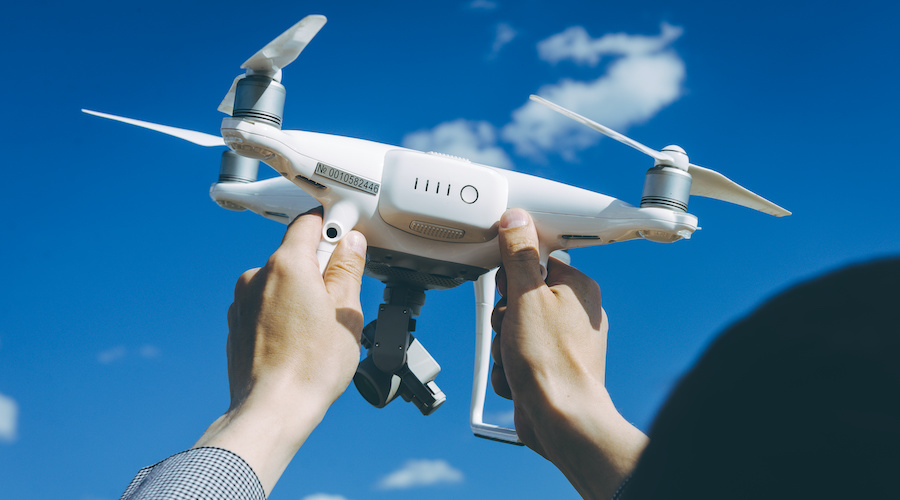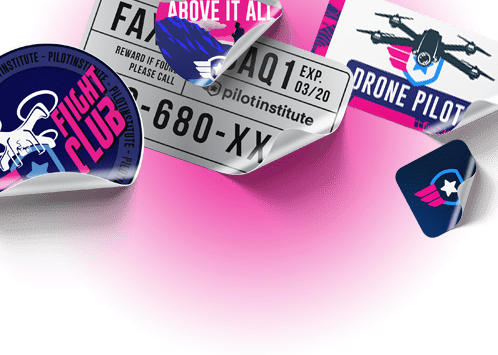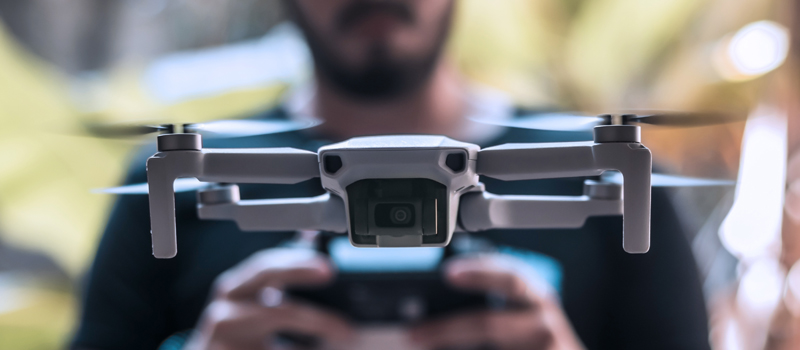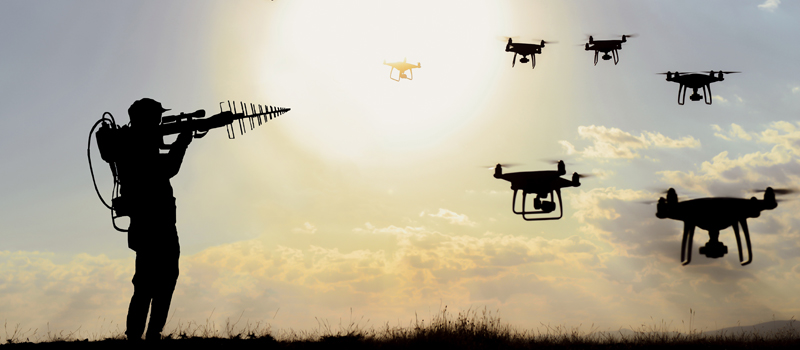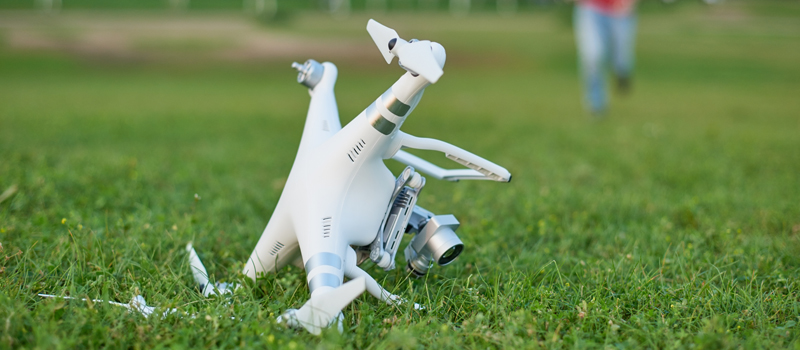-
Which drones need to be registered?
-
What are the basic requirements for drone registration?
-
What is the difference in registration requirements between recreational and commercial pilots?
-
What is a UAS and is it different from a drone?
-
What are the standards for marking my drone with the corresponding registration number?
-
Should I carry around the registration certificate of my drone?
-
What is the penalty for operating an unregistered drone?
-
Does drone registration expire?
-
Do I need to update registration when selling or buying a pre-owned drone?
-
Final thoughts
If you’re planning to buy a drone (or if you just bought one), then one of the first things you need to learn are the government’s requirements for drone registration. Two factors need to be considered here – what type of drone you’re flying, and what the purpose of your drone flight is. Although a relatively simple matter, there is no shortage of both new and experienced drone pilots Googling about the finer details of drone registration.
We’re here to simplify this process for you with this drone registration FAQ. If you have any other questions that we haven’t covered, then feel free to drop a comment!
All drone registrations can be done directly with the FAA and they cost $5. Pilot Institute is also offering free drone registration labels.
Contents
Which drones need to be registered?
For recreational drone pilots, only drones that weigh more than 0.55 lbs. and less than 55 lbs. require registration. If you’re flying under Part 107 rules, then you will need to register your drone regardless of weight.
Take note that this weight limit pertains to the total takeoff weight of a drone. This includes any payload and accessories. If you’re unsure about the weight of your drone or if it isn’t indicated in the product documentation, then here’s a good rule of thumb to follow – if your drone is not a toy drone or a mini-drone, then it probably weighs above the minimum weight threshold.
What are the basic requirements for drone registration?
To register a drone, you must be a US citizen or legal permanent resident, at least 13 years of age, have a valid email address, and have a physical mailing address. You will also need to have a credit or debit card to pay at least $5 for the registration fee. Professional drone pilots will need to provide the make and model of their drones. You can register your drone here on the FAA website.
What is the difference in registration requirements between recreational and commercial pilots?
The rules for recreational drone pilots are outlined in the Exception for Recreational Flyers, while the Part 107 rules provide the legal framework for commercial drone pilots. Among many other differences between the two sets of rules, drone registration requirements also vary slightly.
As mentioned above, the 0.55-lb. minimum weight threshold for recreational drone pilots does not apply to professional drone pilots. This means that you will need to register your drone regardless of weight when flying under Part 107 rules.
Recreational drone pilots are also allowed to register multiple drones under a single registration number. For those who are under Part 107, the registration process will have to be done for every single drone they own. This means having to pay the $5 registration fee.
Registration cannot be transferred from a recreational to a professional account, and vice-versa.
What is a UAS and is it different from a drone?
Just to clear any confusion from this point forward, it’s worth mentioning that the FAA rules may use the terms “drone,” “UAV,” and “UAS” interchangeably. For the purpose of compliance, there is no difference between the three.
From a more technical perspective, “UAV” is typically used to the unmanned vehicle itself and “UAS” refers to the totality of the systems that allow the unmanned vehicle to operate including its various onboard modules and remote controller. However, the line of distinction between the two has effectively been blurred in the past couple of years. Moreover, “drone” has been used as an all-around catch-all term for all manners of unmanned vehicles and systems that are controlled remotely.
As far as registration is concerned, there is no relevant distinction between these terms. To be safe, you can assume that these rules apply to your drone, no matter the model or brand you have.
What are the standards for marking my drone with the corresponding registration number?
Part of the drone registration process is marking your drone with the registration number in a manner that is easily visible upon inspection. This allows responders to identify a drone using its registration without exposing themselves to an unnecessary level of danger. Aside from visibility, the drone pilot must also ensure that the mark made on the drone is permanent.
There are several ways to comply with the marking requirements. The most reliable option is to etch the registration number somewhere in the body of your drone. If you don’t have an etching tool, you can print the registration number on a high-quality sticker instead and place it on your drone. You can even simply write the number using a permanent marker. No matter which route you take, marking your drone will almost certainly give it an aesthetic downgrade.
Should I carry around the registration certificate of my drone?
Yes, all drone pilots are expected to carry their registration certificates every time they operate their drones. Representatives of the FAA, TSA, or law enforcement have the authority to require a drone pilot to present such documentation.
What is the penalty for operating an unregistered drone?
According to the FAA rules, the use of a drone without the appropriate registration may result in both civil and criminal penalties. Civil penalties can cost up to $27,500 while criminal penalties are stiffer at up to $250,000. If found liable for criminal violations, you can also face up to three years of jail time.
Does drone registration expire?
Technically, drone registration is only valid for three years. After this period, you are supposed to renew the registration. However, the FAA does not yet offer an official method for registration. The reason for this delay is the fact that the status of all registered drones was extended until December 2020 after the FAA Reauthorization Act was signed into law in December 2017. The date is coming up, though, so we can expect the FAA to release guidelines for drone registration renewal soon.
Do I need to update registration when selling or buying a pre-owned drone?
If you registered your drone under recreational rules, then all you need to do is to remove the marks of the registration number on the drone. This is because registration under recreational rules does not require any information on the drone. Instead, the registration number is only tied to your personal information. If you are the recipient of a pre-owned drone, you simply need to mark it with your unique registration number.
When a drone registered under Part 107 rules changes ownership, it is the responsibility of the previous drone owner to log on to their FAA DroneZone account and cancel the drone’s registration status. This removes the drone from the FAA’s database, which means that the new drone owner will have to register it anew. As expected, the mark for the old registration number will have to be removed and replaced with the new registration number.
Final thoughts
Drone registration is simply the first step in complying with drone-related regulations. Fortunately, registering a drone is a pretty simple and inexpensive process. Unless you’re just flying a toy drone, you will almost certainly need to register your drone with the FAA.
The purpose of drone registration is simple – accountability. In the same way that we need to be responsible when driving cars, we also need to be responsible when flying drones. Keeping the national airspace safe is, after all, a group effort. Drone registration is a small step towards achieving this goal.
